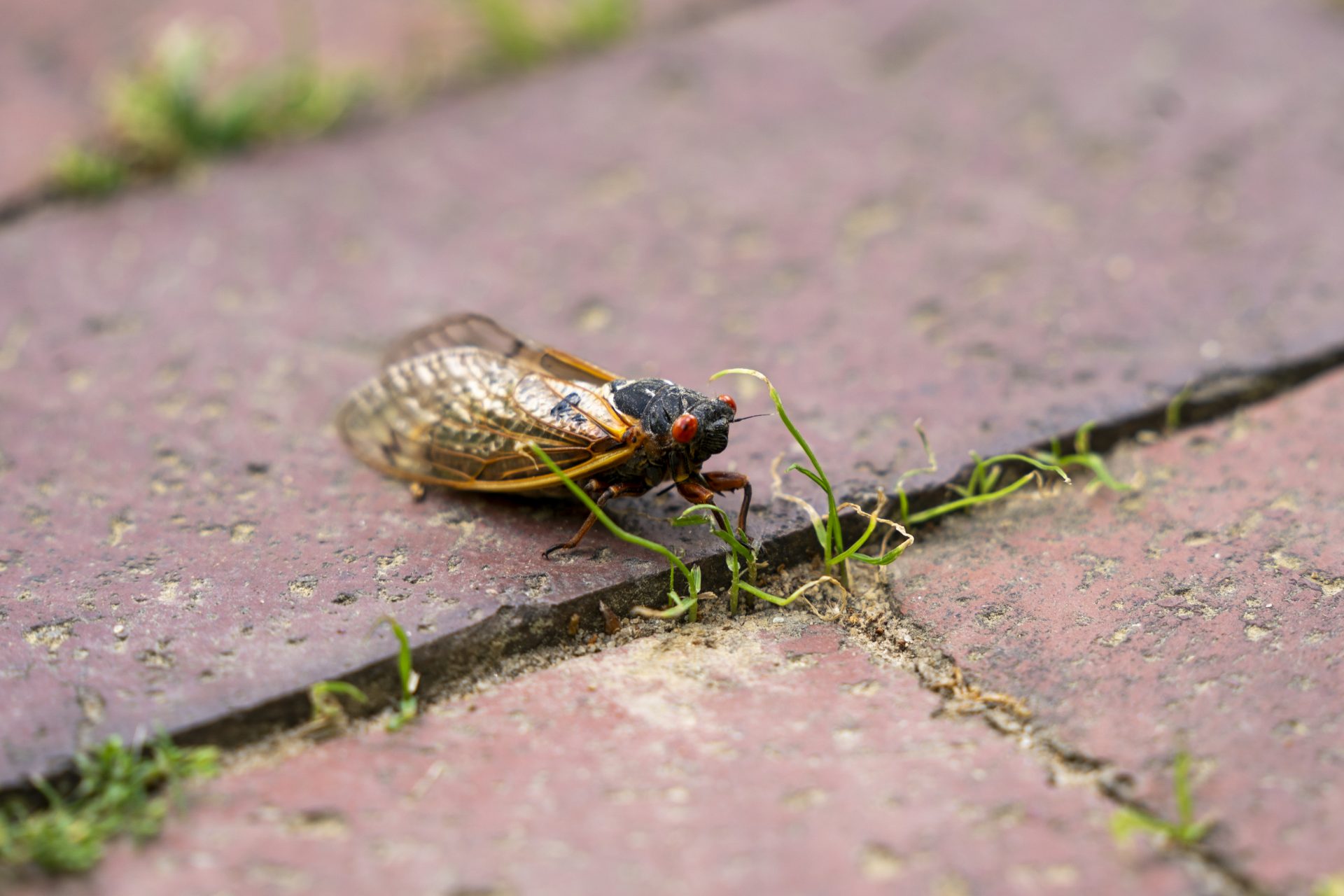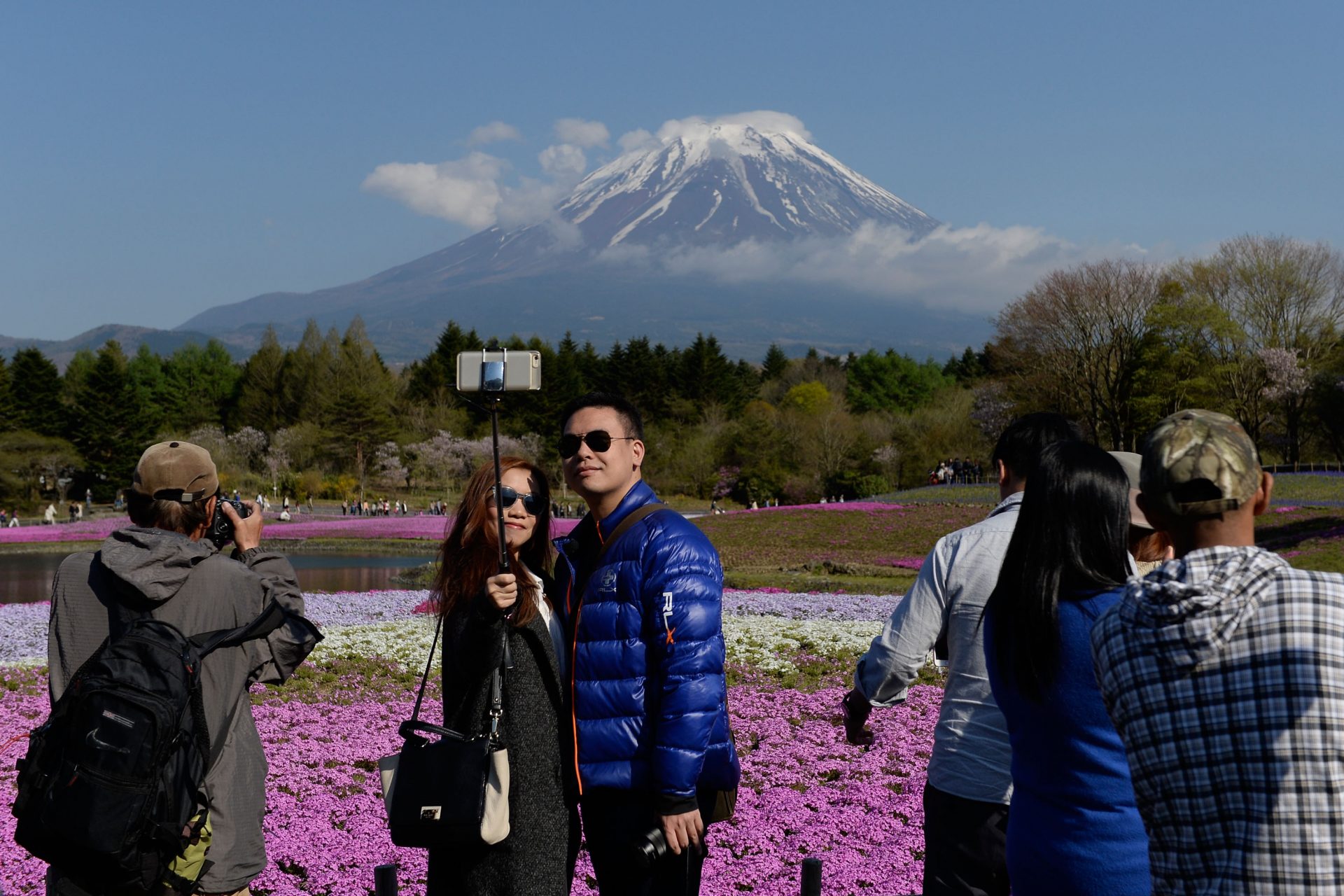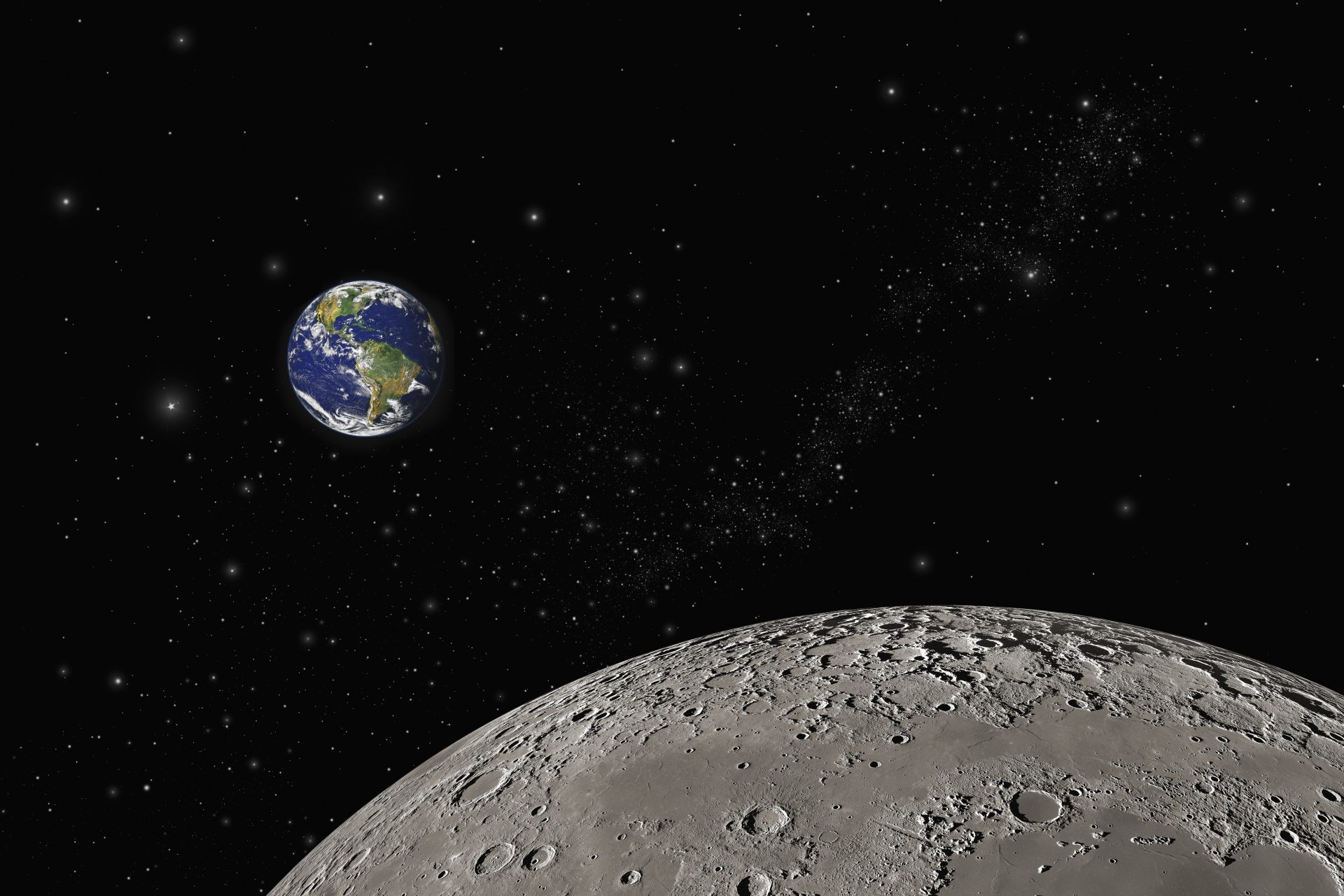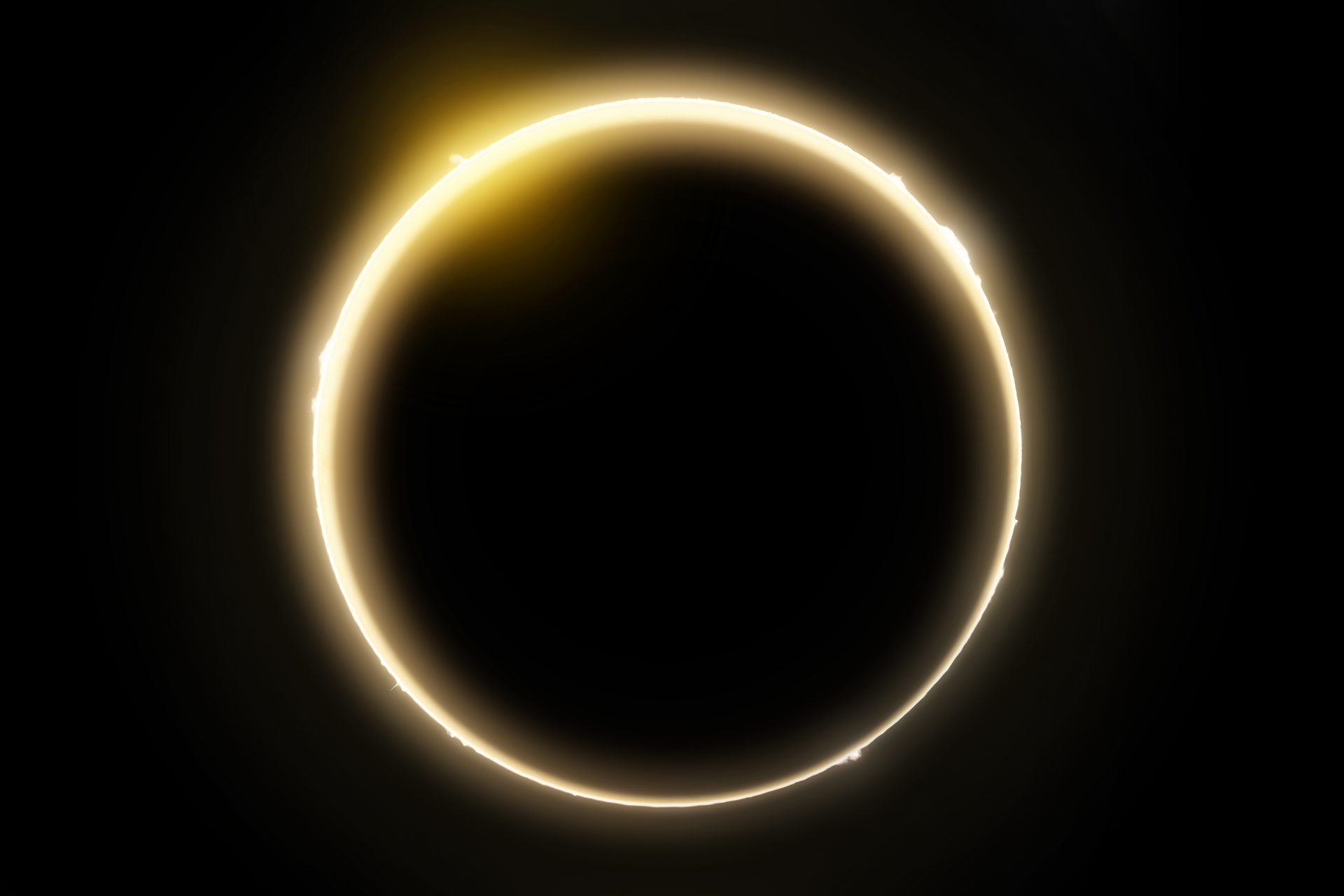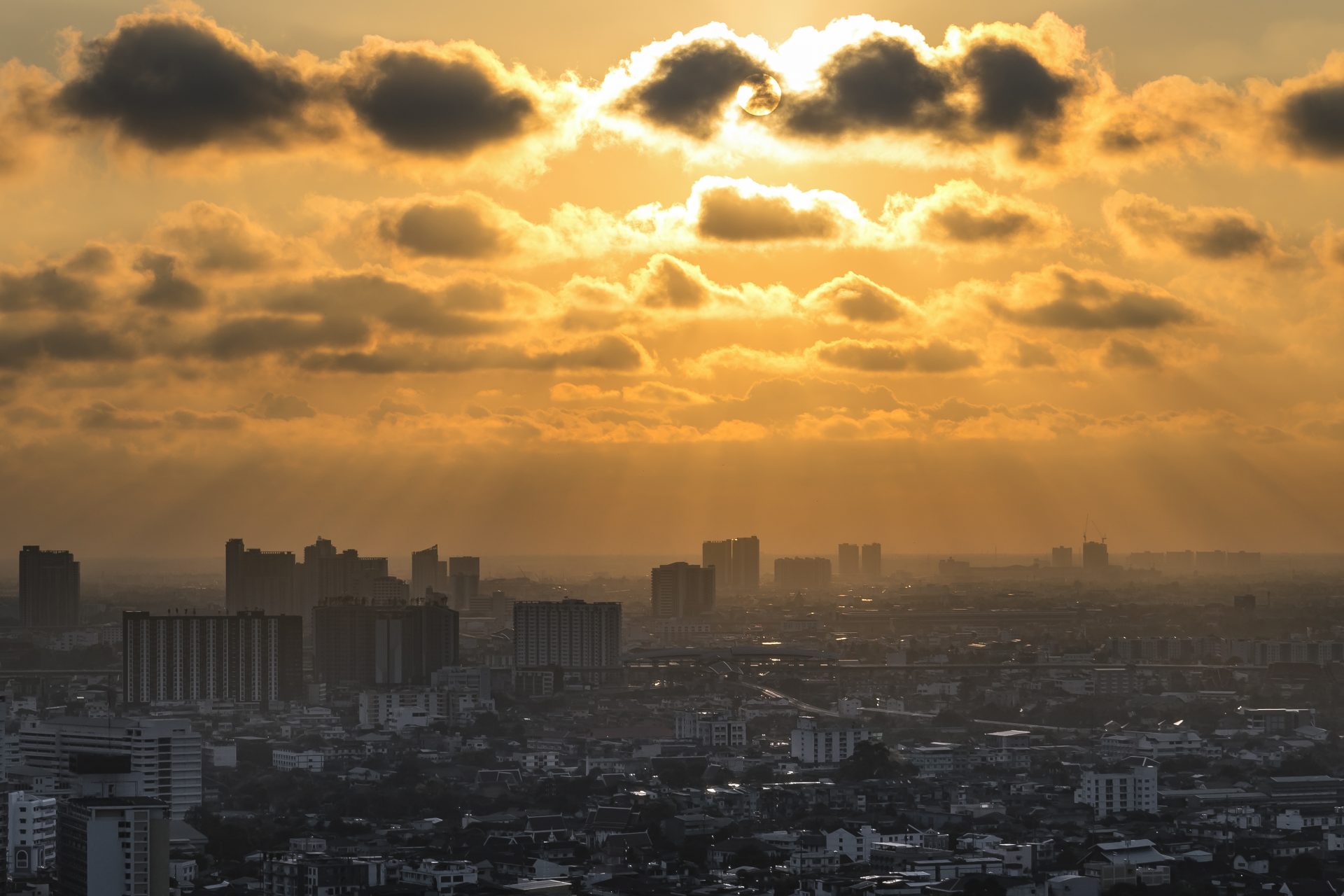Amazing photos from the Hubble Space Telescope
Launched into orbit on April 24, 1990, the Hubble Space Telescope has given us incredible images like the ones in this gallery for the past 30 years.
In this image, Hubble has captured the center of galaxy IC 342, enveloped by a spectacularly bright core of hot gas and stars.
Photo: NASA
NGC 6302 is nicknamed the 'Butterfly Nebula' because of its insect-like appearance. It is one of the most iconic images taken by Hubble in its more than 30-year voyage through space.
Photo: NASA
Instead, in this photo we can admire the wonderful colors of the Flame Nebula, a diffuse nebula in the constellation of Orion, about 1,400 light-years from Earth.
Photo: NASA
Hubble also scanned stardust in the Gemini constellation. At the center of the image is the light from a massive star, like a lighthouse penetrating the clouds of a thunderstorm.
Photo: NASA
The cornerstones of the creation of the Eagle Nebula, another incredible image from Hubble. This is the researchers' version of the most famous and representative photo of the space telescope.
Photo: NASA
Using the unique capabilities of NASA's Hubble Space Telescope, a team of astronomers has discovered the most energetic streams ever observed in the universe. They emanate from quasars and flow through interstellar space like tsunamis.
Photo: NASA
Yet another spectacular image from NASA's Hubble Space Telescope. Visible in this image is the spiral galaxy NGC 105, located about 215 million light-years away in the constellation Pisces.
Photo: NASA
Celebrating the 30th anniversary of its journey into space, Hubble delivers one of the images that will go down in NASA history: an extraordinary new portrait of the incredible birth of stars in a nearby galaxy.
Photo: NASA
How about this wonderful image of one of the planets in our solar system, known for its symbolic rings? In this photo you can see the planet Saturn like you've never seen it before.
Photo: NASA
Unbelievable but true: the bright streak you see in the photo is another spiral galaxy very similar to our own Milky Way.
Photo: NASA
Hubble is also said to be searching for new worlds as it travels between galaxies, such as this rapidly evaporating extrasolar planet.
Photo: NASA
Another shot that made history is that of the Lagoon Nebula, with its incredible colors, an image which Hubble took on its his 28th birthday. It looks like a painting, but it is pure reality, immortalized by the famous Space Telescope, our window into the magical ways of the universe.
Photo: NASA
Jupiter has been the focus of great discoveries for decades, thanks to NASA exploration that began in 2011. In this photo you can see an incredible image of the gas giant in our solar system.
Photo: NASA
Cosmic clouds and stellar winds are the protagonists in this fantastic shot of the Orion Nebula. In particular, we can see the variable star LL Orionis showing erratic variability phenomena due to violent eruptions of matter.
Photo: NASA
Thanks to Hubble, we have the best evidence for the existence of intermediate-sized black holes, like the one you can see in this striking photo.
Photo: NASA
In this image, a supermassive black hole lies in the dust-shrouded core of a Starburst galaxy, a galaxy where the star-forming process is particularly intense.
Photo: NASA
In this photo, astronaut Jeffrey Hoffman removes Wide Field and Planetary Camera 1 (WFPC 1) during the first Hubble servicing mission (SM1) in December 1993.
Photo: NASA
These are just some of the fantastic images captured by the Hubble Space Telescope. Its journey so far has been incredible and has helped us understand a little more about how the universe we live in works and it is also our eye into the innermost parts of the cosmos. All that remains for us to say is: Thank you Hubble!
Photo: NASA
More for you
Top Stories
























